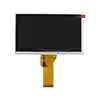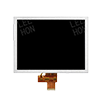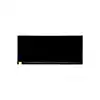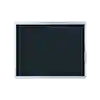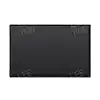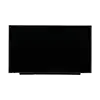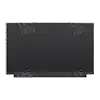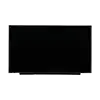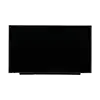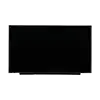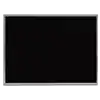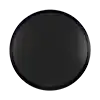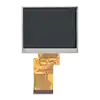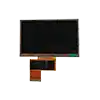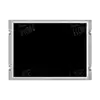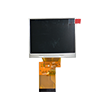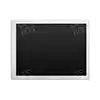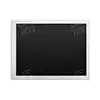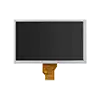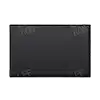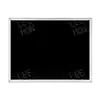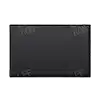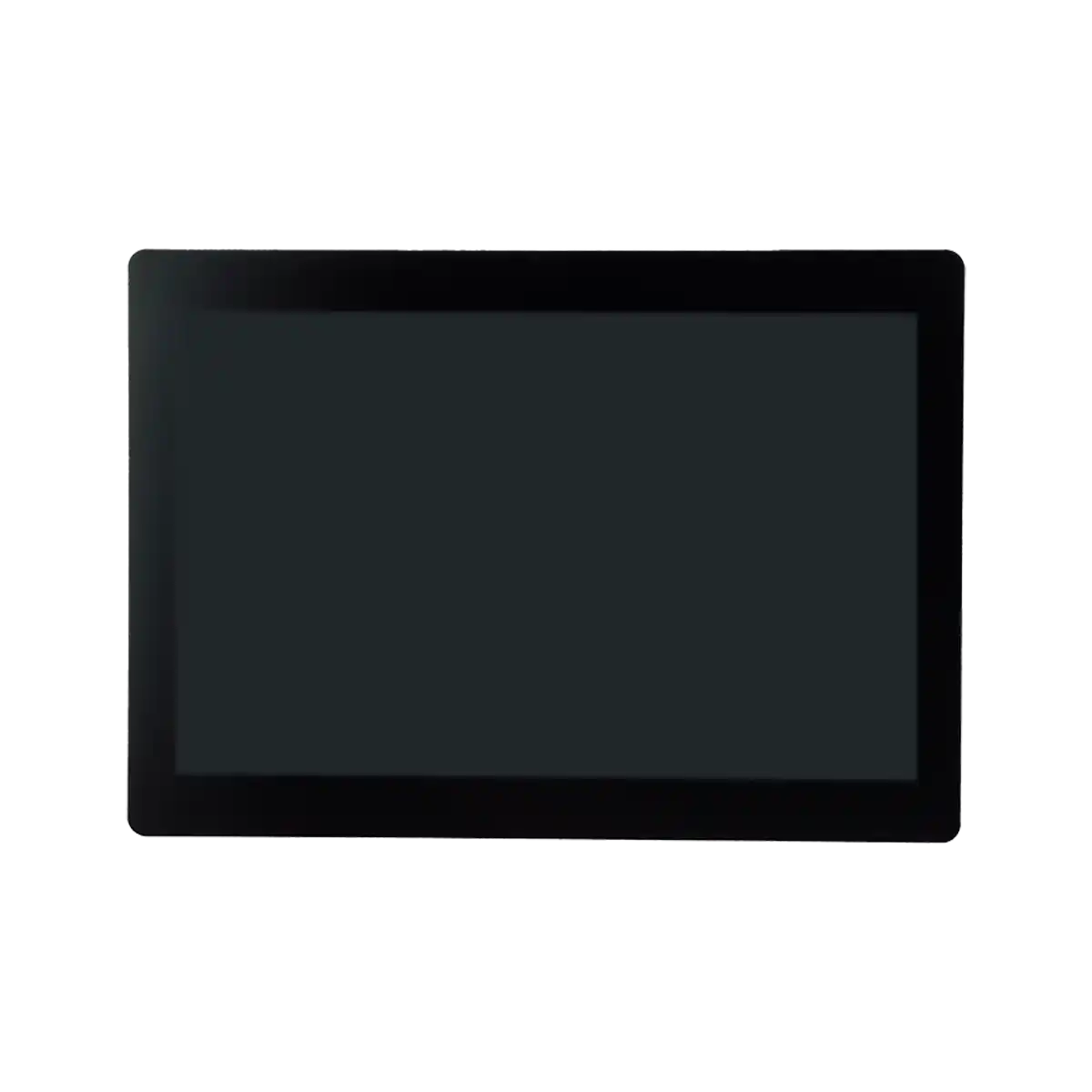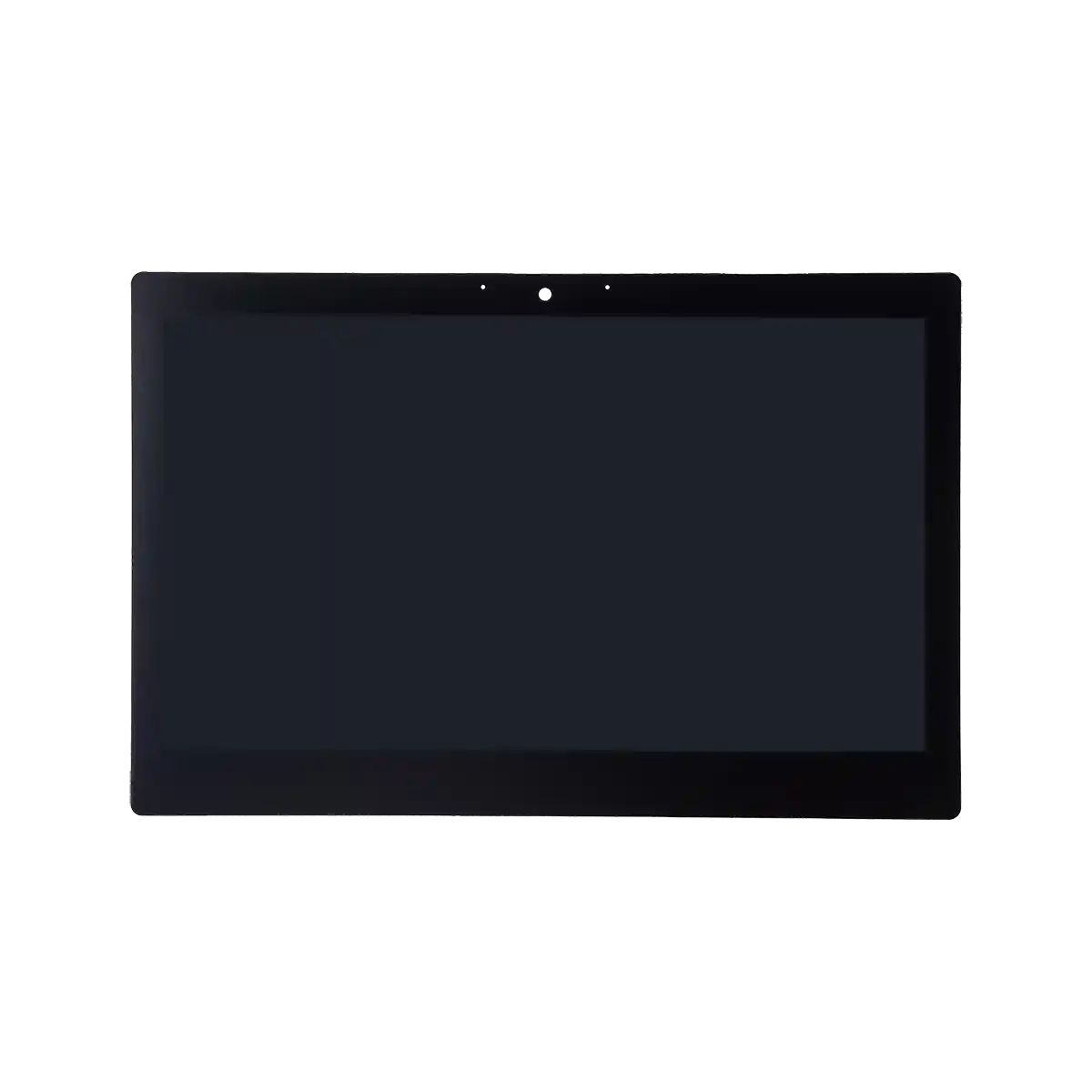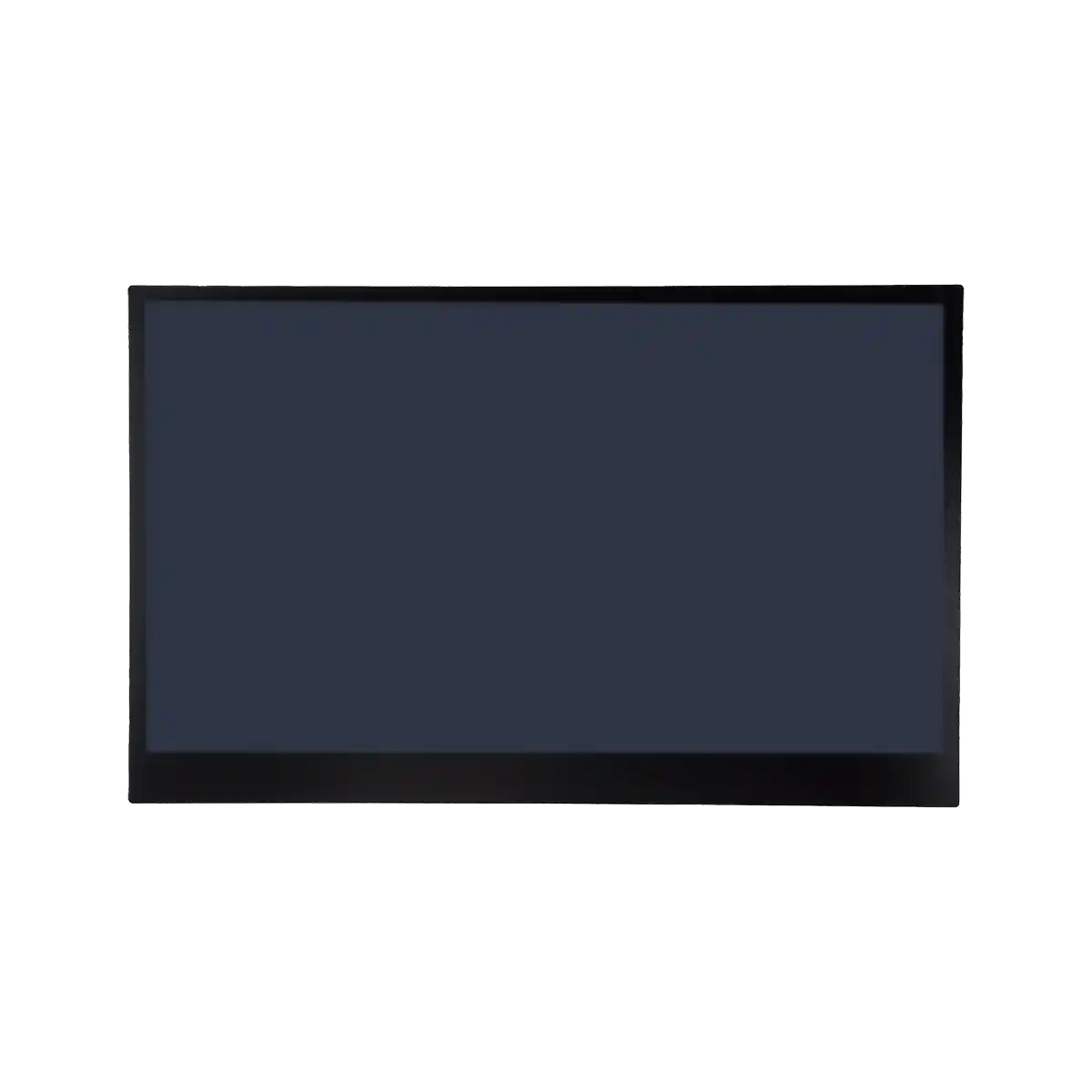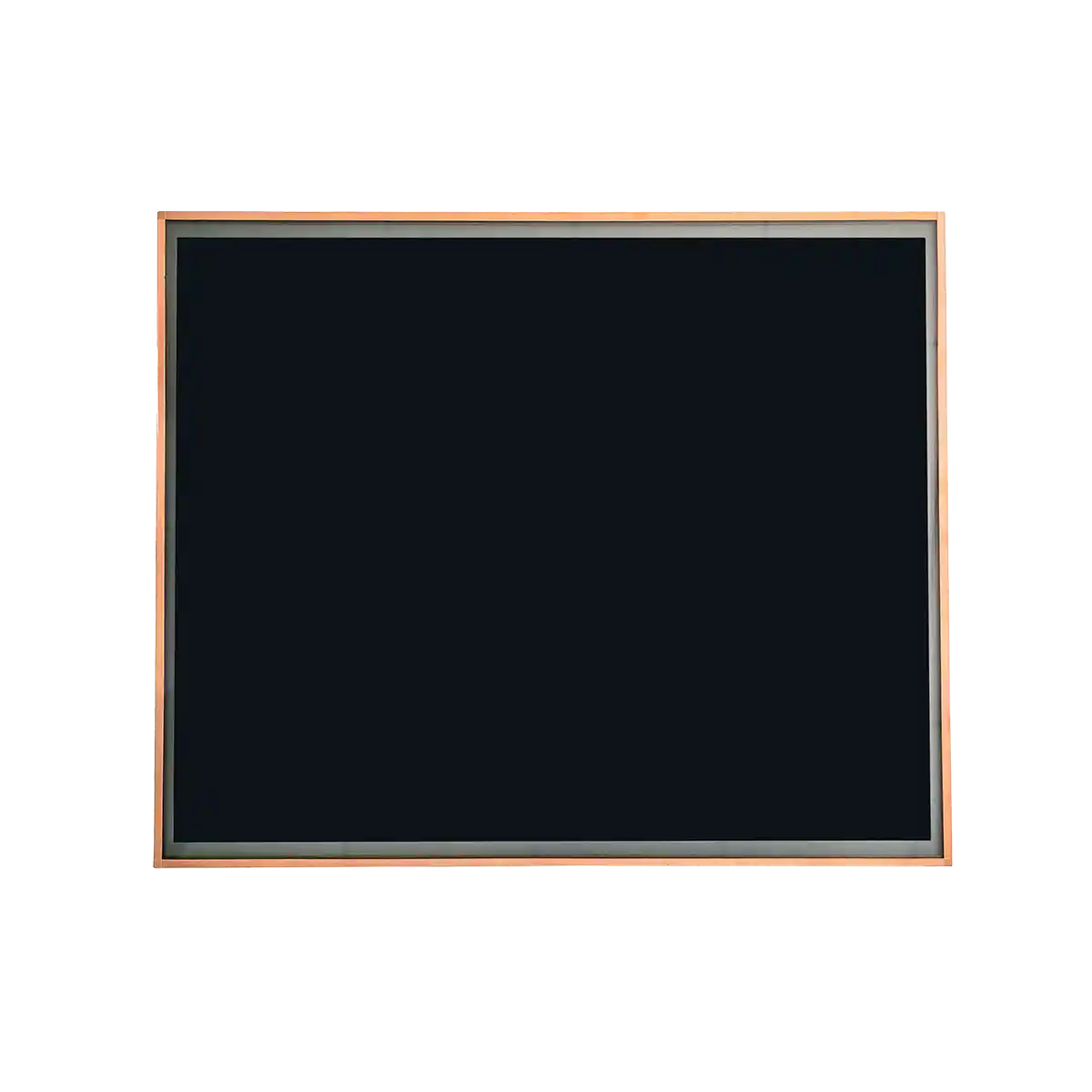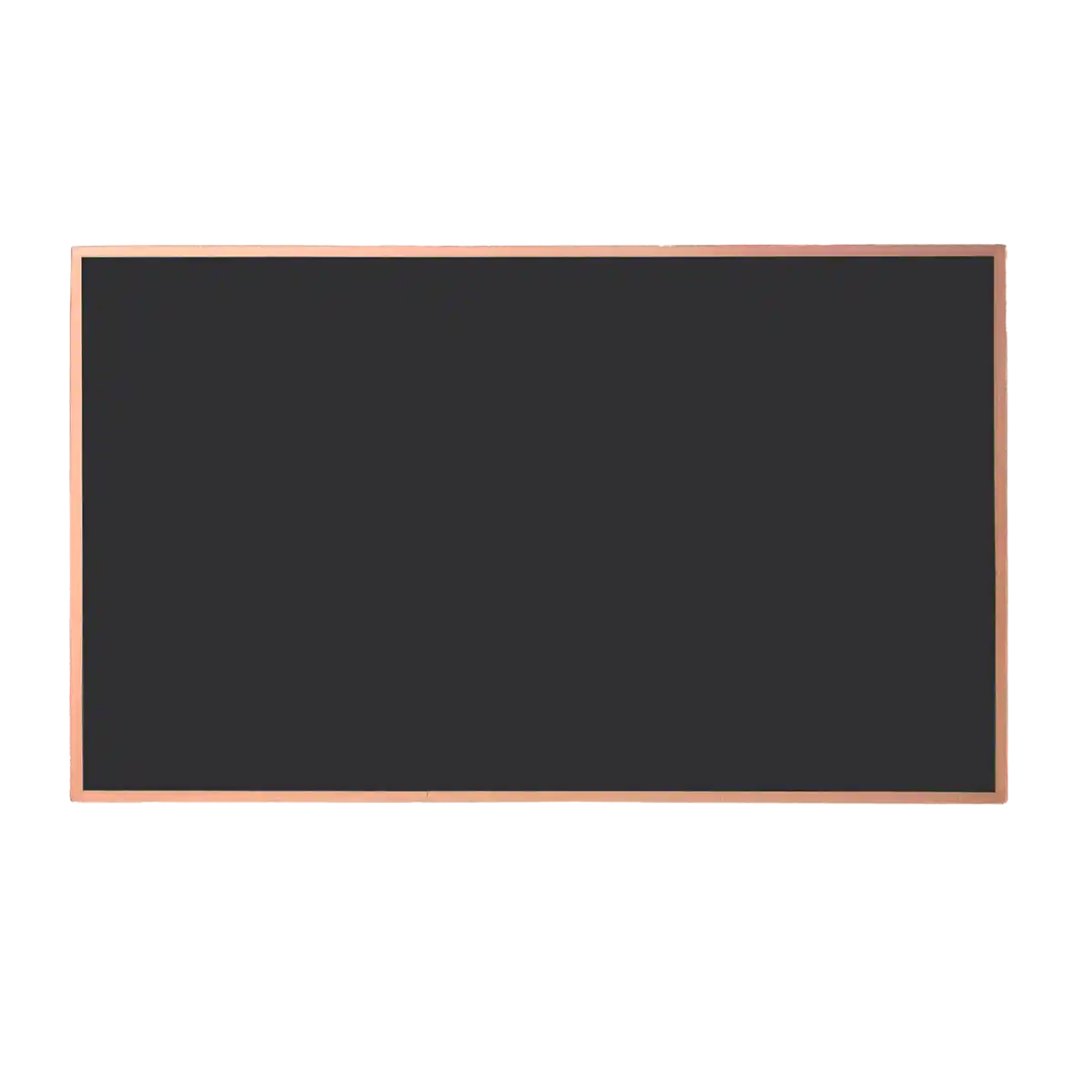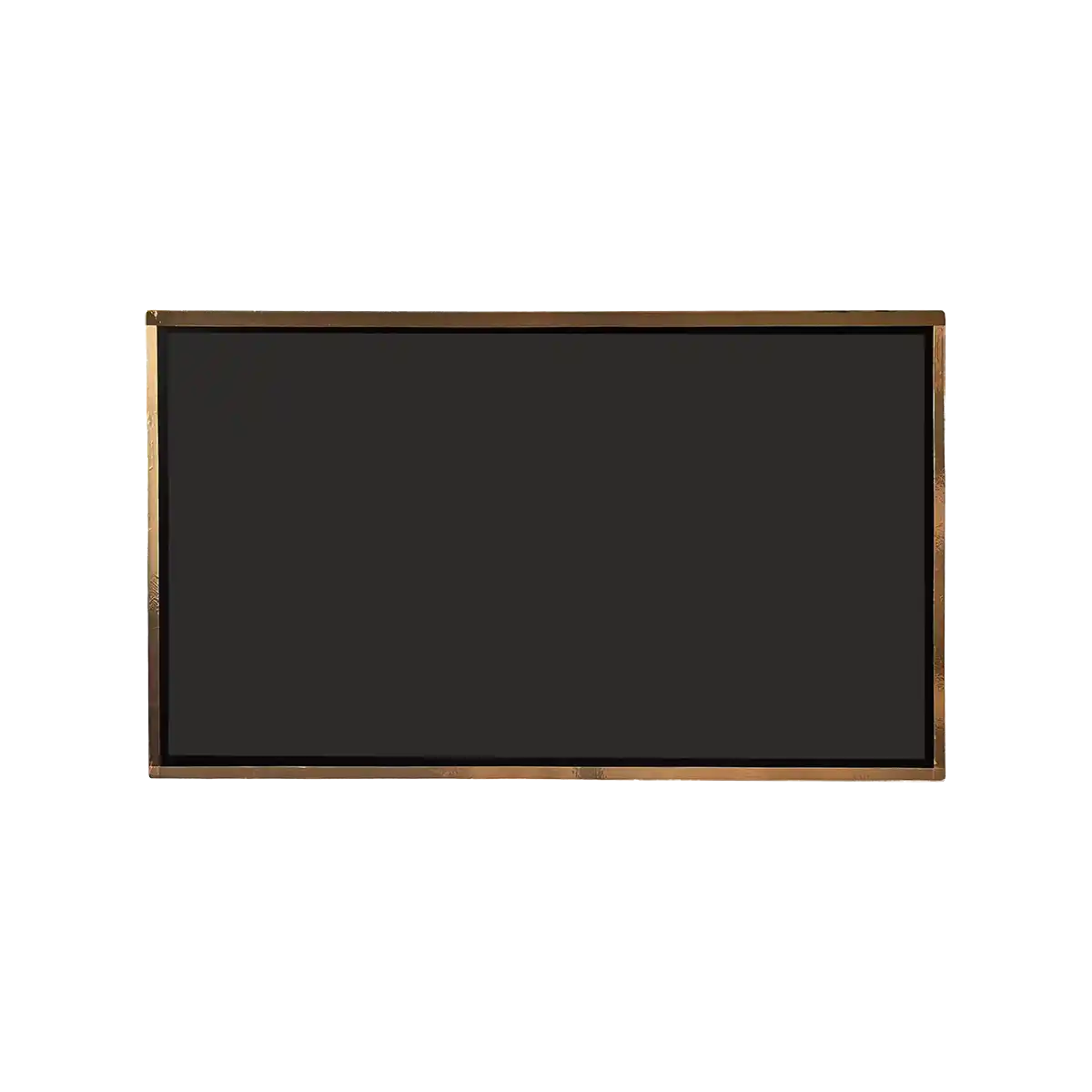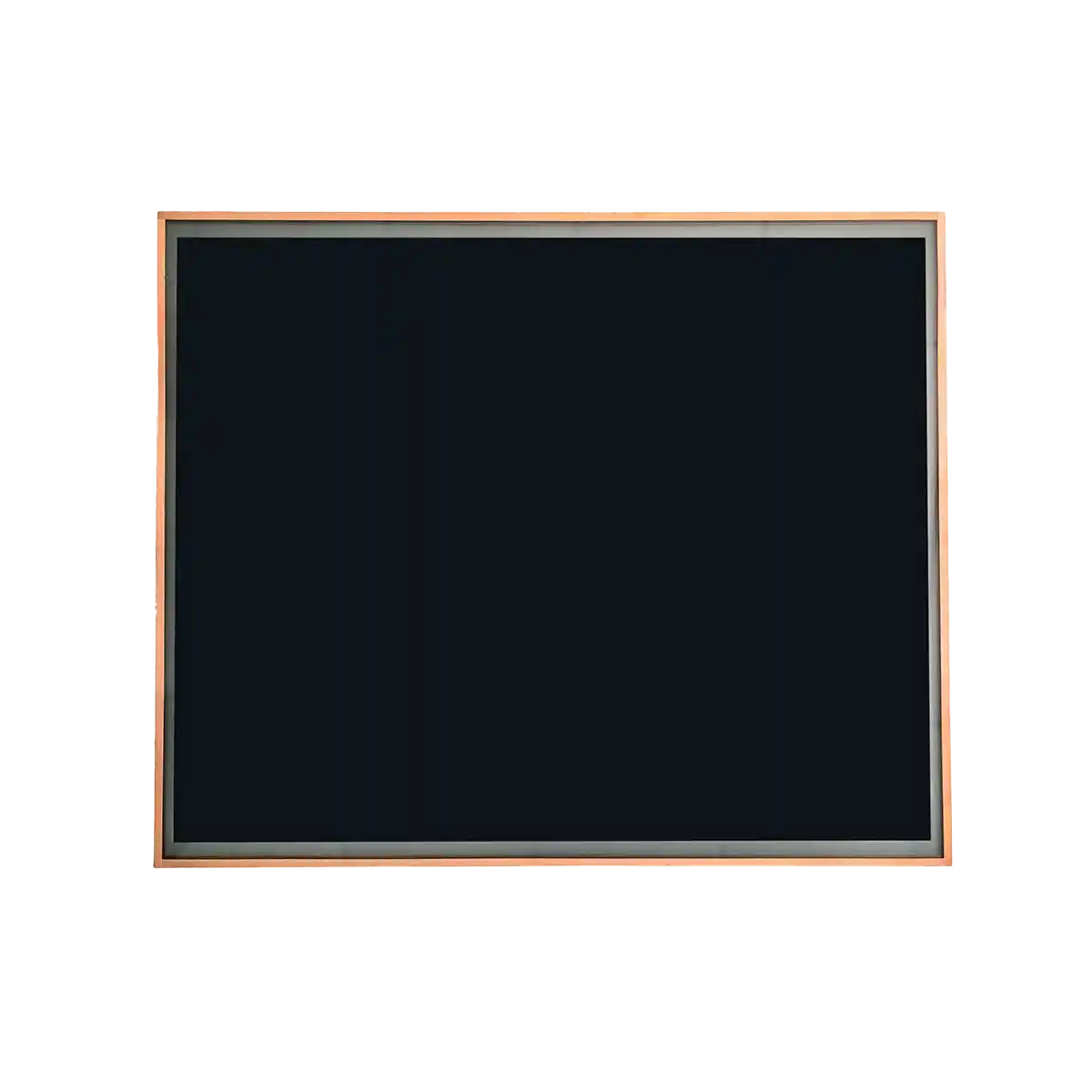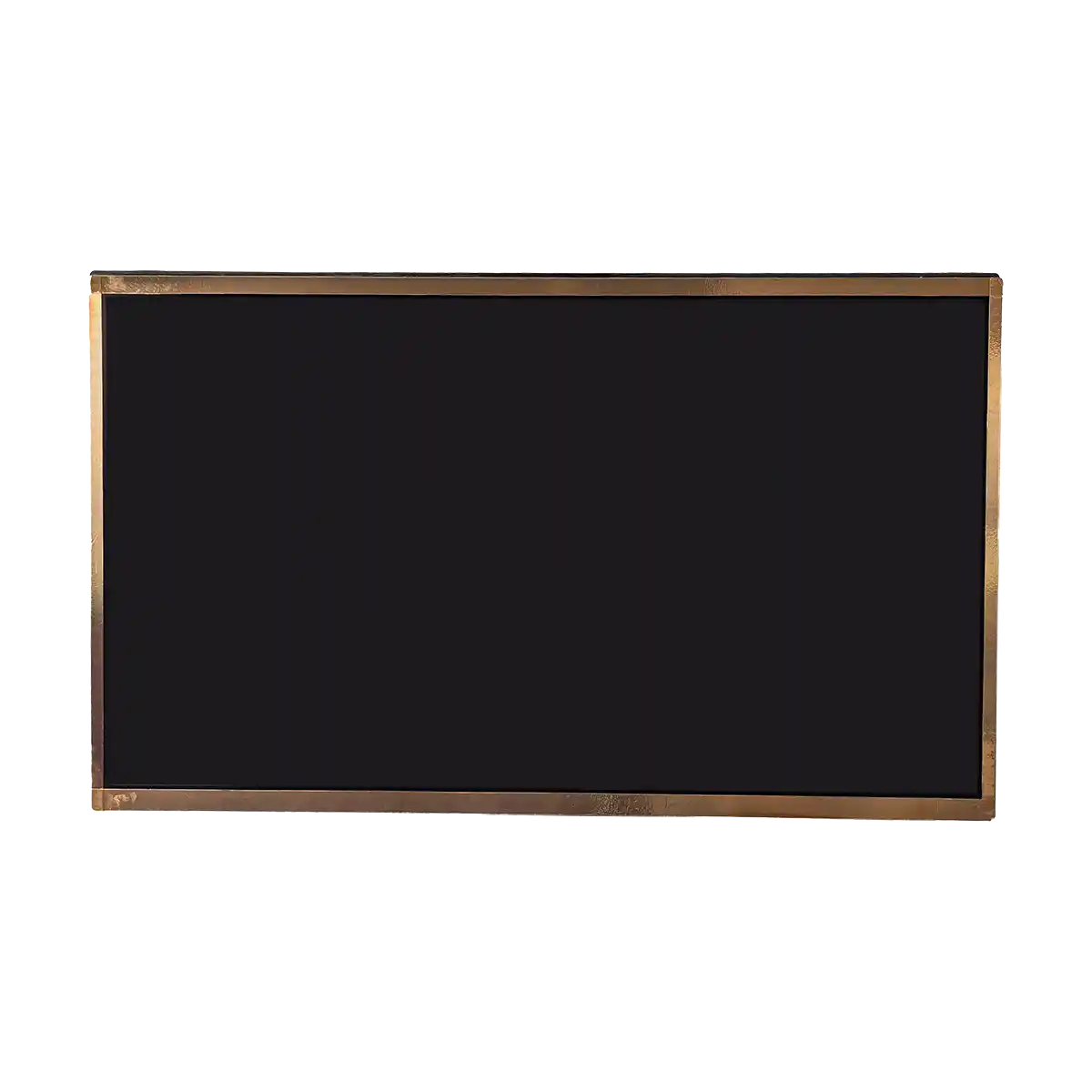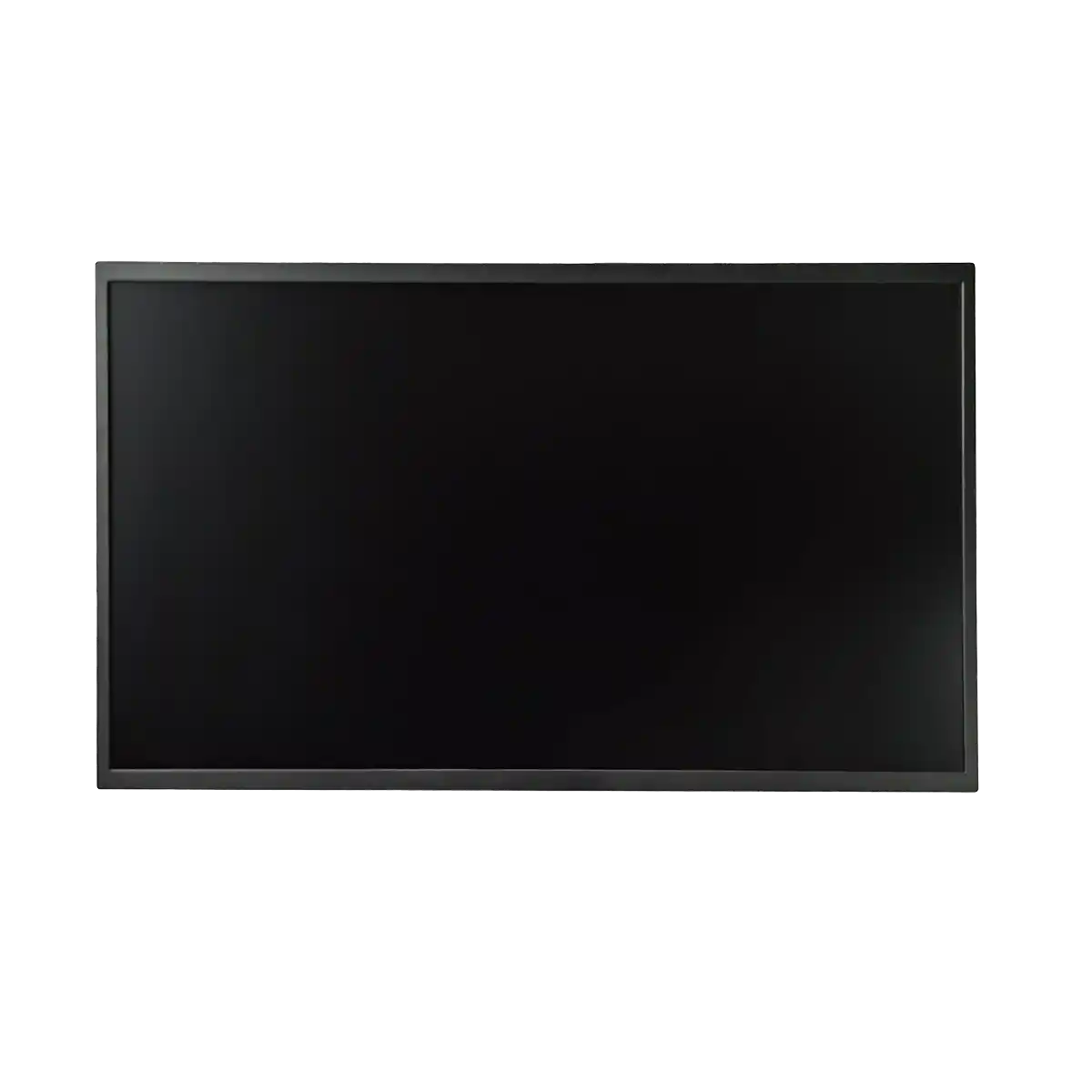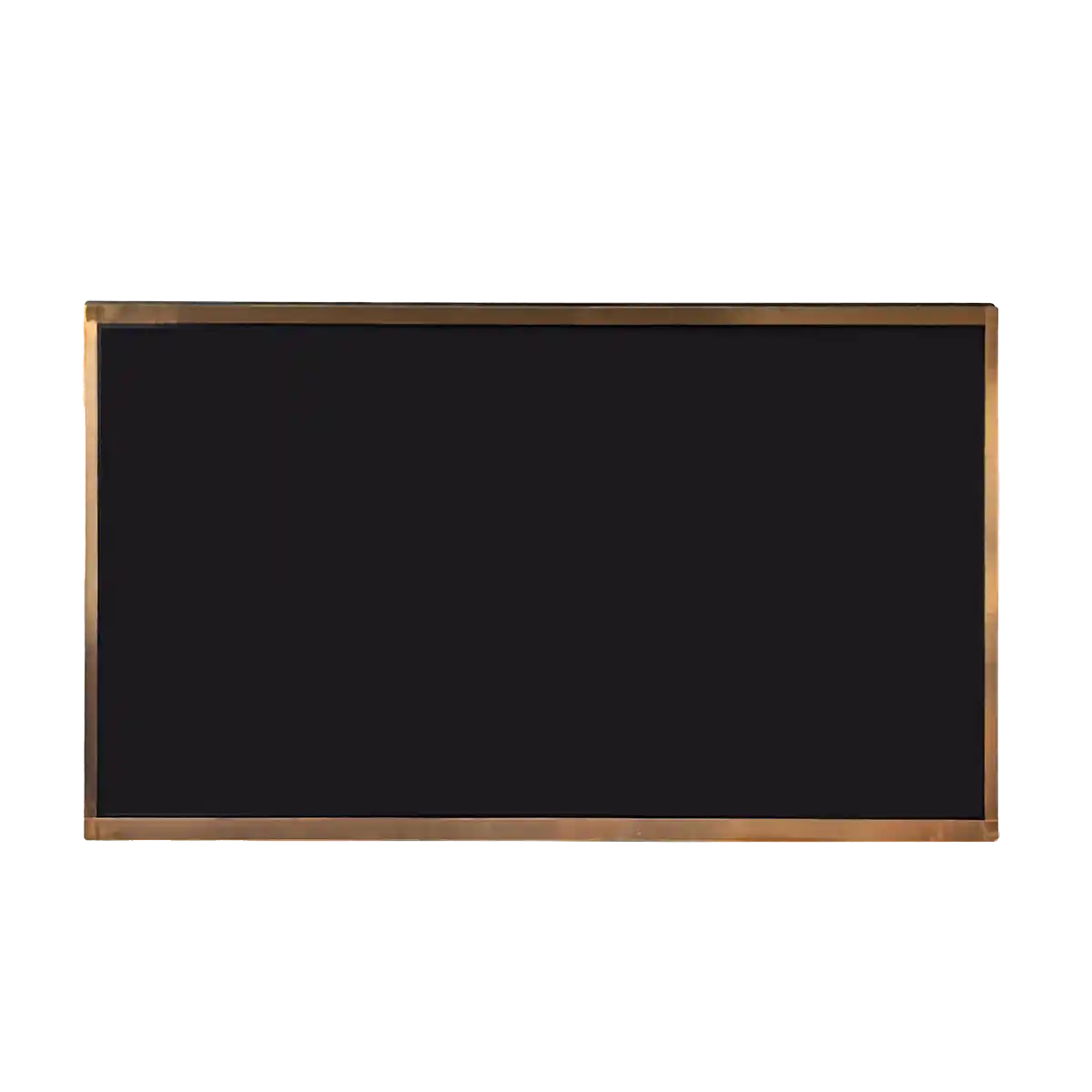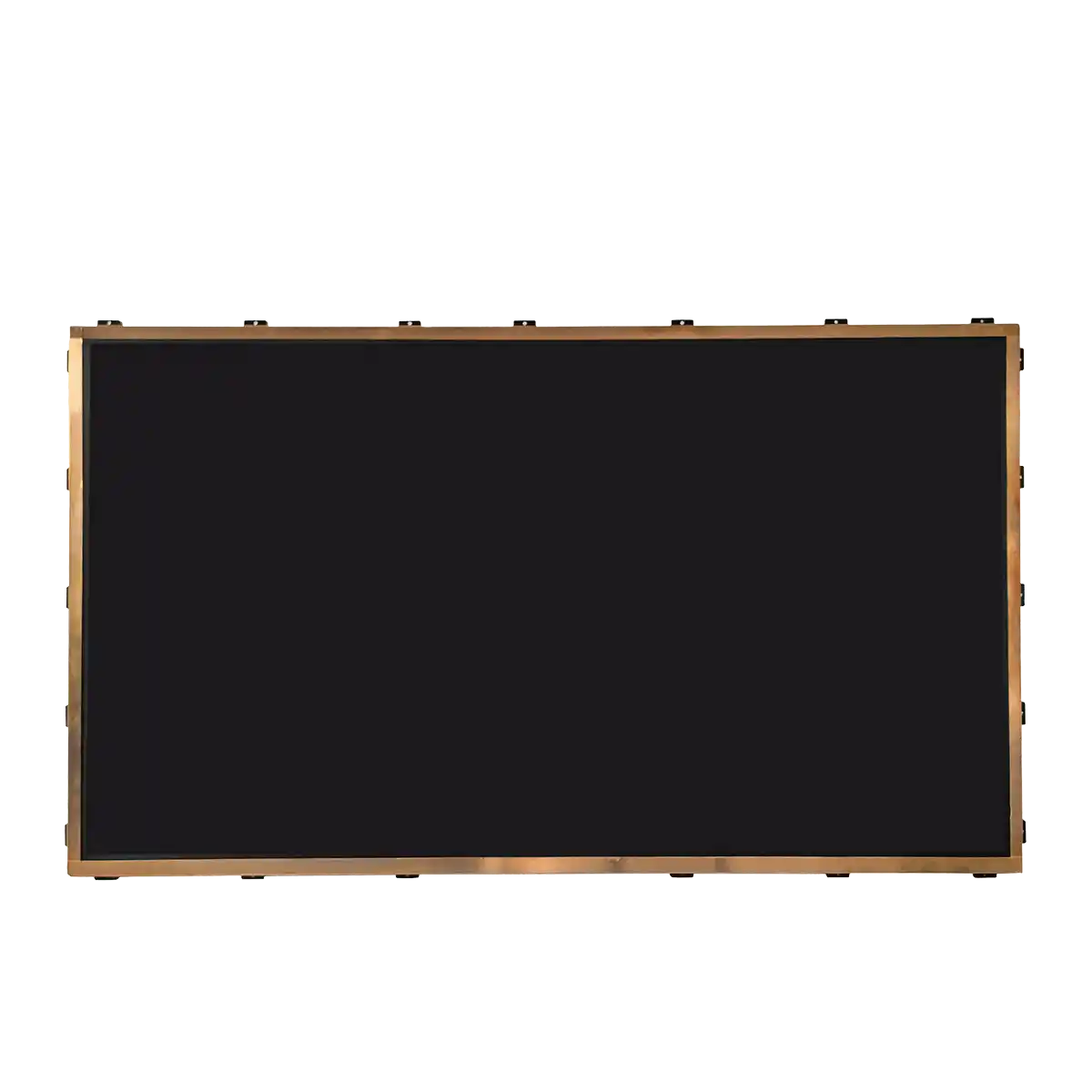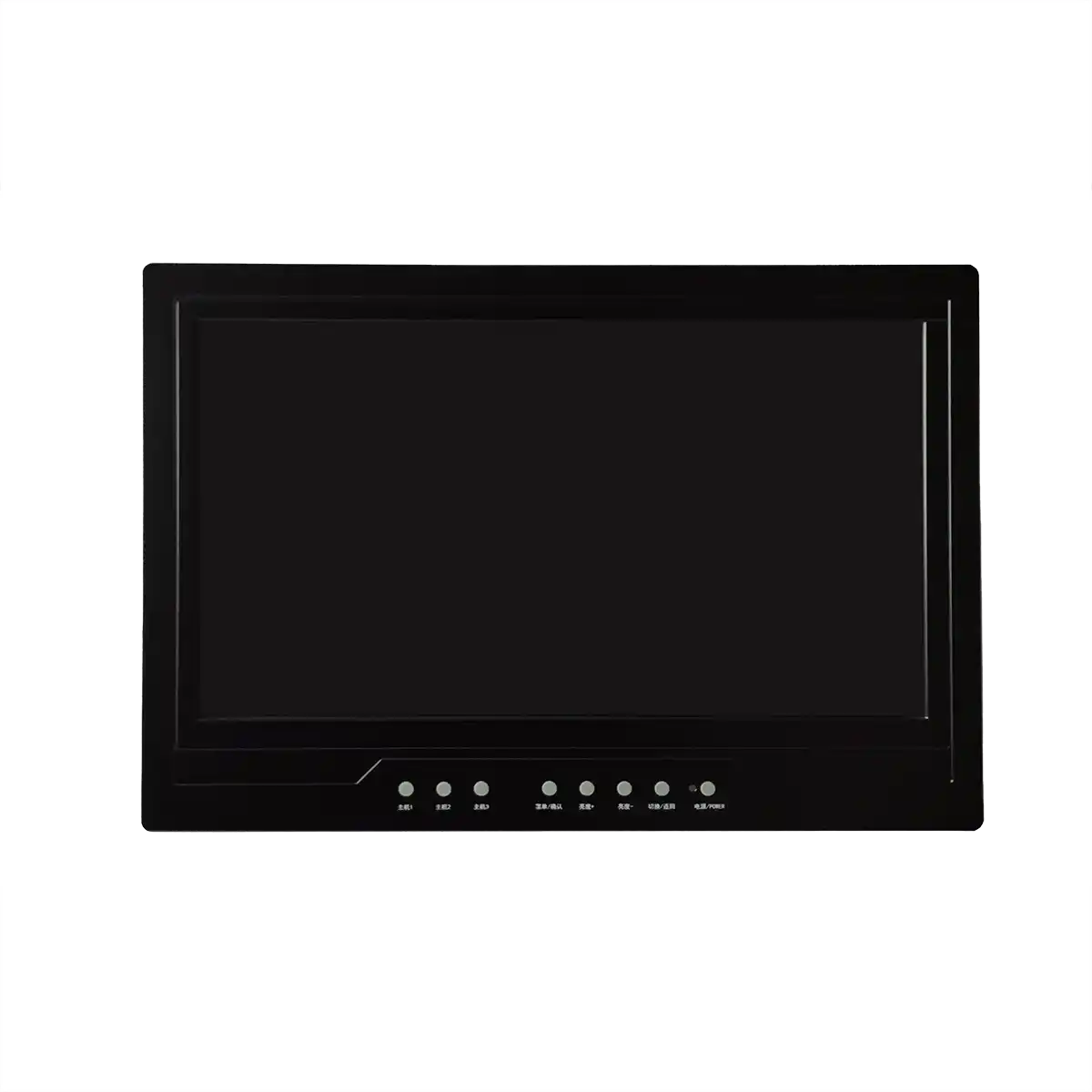Accessibility Features of Industrial LCD Screens for All Users
Introduction
In the realm of industrial design, the concept of accessibility is gaining significant traction. Industrial LCD screens, integral components of modern machinery and systems, are being tailored to accommodate a diverse range of users, including those with disabilities. Accessibility in this context refers to the design of products, devices, services, or environments for people with the widest range of capabilities. This article explores the accessibility features being integrated into industrial LCD screens to ensure inclusive usability for all users, irrespective of their physical or cognitive abilities.

Body
1. Visual Accessibility
- Visual impairments can affect the ability to perceive information on a screen. Industrial LCD screens are incorporating features such as high contrast modes, text resizing, and colorblind-friendly palettes to enhance visibility for those with visual challenges. "High contrast mode" is a setting that increases the difference between text and background colors to make text easier to read.
2. Haptic Feedback
- Haptic feedback provides tactile responses to user interactions, beneficial for users with visual impairments or those who rely on touch for navigation. This feature allows users to feel vibrations or motions in response to actions on the screen, offering an alternative means of interaction.
3. Voice Control and Speech Output
- Voice control enables users to operate industrial LCD screens using verbal commands, which is particularly useful for individuals with limited mobility or visual impairments. "Speech output" refers to the screen's ability to read out information audibly, aiding those who cannot read the displayed text.
4. Customizable Interfaces
- Industrial LCD screens are increasingly offering customizable interfaces that allow users to modify the layout, size, and color of buttons and text to suit their preferences and needs. This personalization ensures that the interface can be adapted to accommodate various levels of dexterity and visual acuity.
5. Keyboard Navigation
- For users who are unable to use a touchscreen or prefer not to, industrial LCD screens can be designed with full keyboard navigation capabilities. This allows users to navigate through menus and select options using a physical or on-screen keyboard.
6. Screen Readers and Braille Displays
- Screen readers are software applications that convert text displayed on the screen into synthesized speech or Braille. Industrial LCD screens can be paired with these devices to provide information in a format accessible to visually impaired users.
7. Scalable Fonts and Zoom Functionality
- The ability to scale fonts and use zoom functionality allows users with visual impairments to enlarge text and images for better readability. "Scalable fonts" are fonts that can be resized without losing clarity, ensuring that text remains legible at various sizes.
8. Easy-to-Read Fonts
- The selection of fonts that are easy to read can significantly improve the readability of the screen for users with dyslexia or other reading difficulties. "Easy-to-read fonts" are designed with clear letterforms and spacing to facilitate reading.
Conclusion
The integration of accessibility features in industrial LCD screens is a testament to the industry's commitment to inclusivity and universal design. By addressing the needs of all users, including those with disabilities, industrial designers are creating more user-friendly and equitable environments. These features not only benefit those with specific needs but also enhance the overall usability and efficiency of industrial systems.
Expansion
Looking ahead, the future of industrial LCD screen accessibility is promising. Advances in artificial intelligence (AI) and machine learning (ML) are expected to further personalize user experiences, with screens that can adapt to individual user profiles and preferences automatically.
Furthermore, the development of augmented reality (AR) and virtual reality (VR) technologies could provide new ways for users to interact with industrial systems, offering immersive and intuitive interfaces that cater to a wide range of abilities.
As global awareness of accessibility increases, it is likely that regulatory bodies will introduce more stringent standards for industrial equipment, driving further innovation in accessible design. This will ensure that industrial LCD screens continue to evolve to meet the diverse needs of all users, fostering a more inclusive and supportive industrial environment.
In conclusion, the accessibility features of industrial LCD screens are a critical aspect of modern industrial design, ensuring that technology is accessible to all and promoting a culture of inclusivity and diversity in the workplace.
Recommended Articles
-
Hangzhou LEEHON Technology supplies BOE GT080X0M-N12: High quality 7-inch TFT-LCD module solution
2024-09-14 -
How to Check for Issues in Industrial LCD Panels
2024-09-11 -
How does an LCD screen find individual pixels?
2024-09-11 -
What is the difference between eDP and LVDS?
2024-09-11 -
In-depth analysis of the development of automotive display technology
2024-09-10

